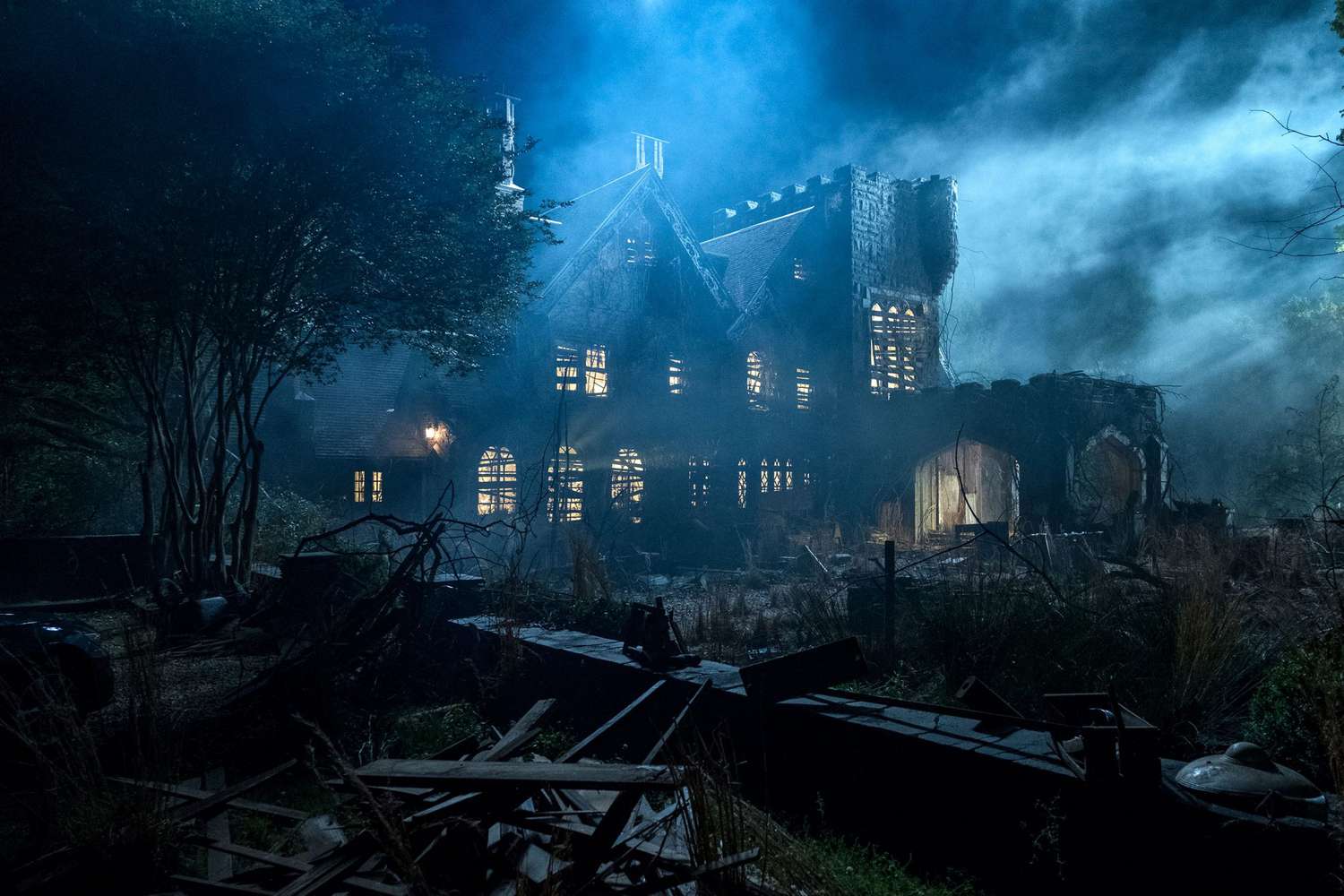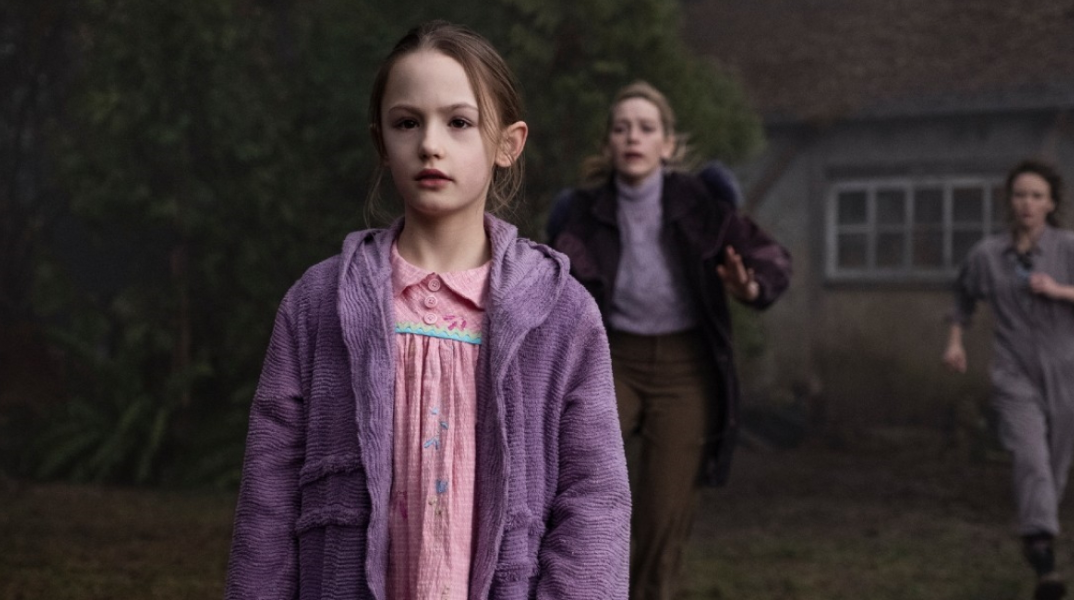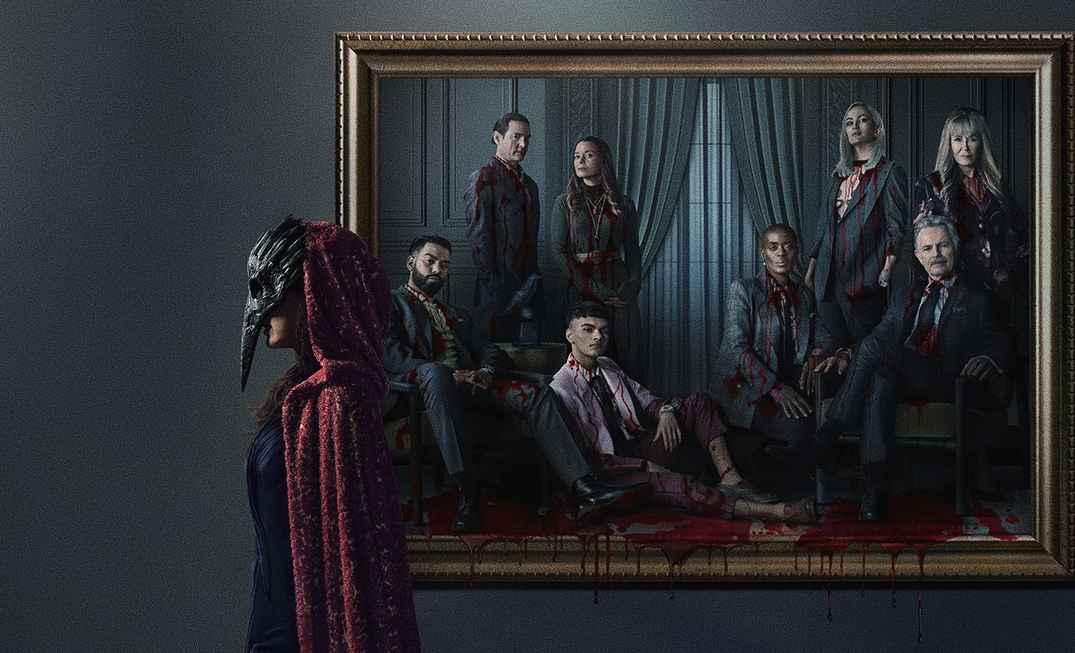By Dimitra Gatzelaki,
The term “Gothic” has haunted human history for centuries upon centuries. Far from remaining inert and confined to a single domain like art or literature, in the 20th century it “infected” film, as more and more filmmakers began to adapt pre-existing Gothic tales or create their own. Fred Botting, a prominent researcher of Gothic in all its forms, writes that in the 20th century “Gothic is everywhere and nowhere”: it migrates within popular culture and there feels “perfectly at home”.
From the year 2010 onwards, we notice a subtle shift of the horror genre towards Gothic: the majority of its narratives begin to favor a more subtle terror (characteristic of the Gothic genre) rather than the flashy, in-your-face, horror that puts gore above all. Some notable examples of this shift are Ari Aster (Midsommar, Hereditary), Robert Eggers (The Witch, The Lighthouse) and Jordan Peele (Get Out, Us). Their horror films center on the human psyche intimately, prioritizing inward terror over outward horror, and have reshaped and redefined the genre.
Another director who has driven this shift is Mike Flanagan. Flanagan began his career in 2011, by directing horror films that explore precisely those inward “hauntings”, however, he became widely known for the five mini-series he wrote for Netflix, which follow along the same path. Starting from The Haunting of Hill House all the way to The Fall of the House of Usher, his work looks at staple Gothic elements with fresh eyes, those of popular culture. The result is certainly intriguing and entertaining (although imperfect), and celebrates the very core of the Gothic genre, its most primitive trait: hybridity.

Speaking of the Gothic’s acute hybridity and adaptability, Flanagan began his mini-series streak precisely with that, an adaptation. The Haunting of Hill House aired in 2018, and was loosely based on Shirley Jackson’s 1959 novel with the same name (so loosely, in fact, that perhaps it doesn’t merit the title). Hill House, however, managed to capture a more modern Gothic feel. In it, the house becomes a distinct, almost living character and the site of all lurking trauma. This only amplifies the humanness of the other characters, who struggle with utterly human concepts such as grief, loss, addiction. The more one watches, the less sane they become. Flanagan experiments with perspective the way a good Gothic tale does, by planting seeds throughout his narrative that only sprout at its end. With Hill House he crafts a nightmarish world not made so by ghosts and apparitions, but by the pressing need to confront one’s haunted self. And so, he arrives at one of his central themes, which also seems to be what Gothic is based on: that the past infects the present. One particular detail in Hill House that supports this is Flanagan’s decision to name one room in the house (which lures the characters in to feed off of them) “Red Room”, which I view as a subtle “return” to a classic Gothic text, Jane Eyre, and the red room that defined Jane’s childhood.
Keeping with this theme of adaptations, Flanagan’s next series, The Haunting of Bly Manor, was also based on a Gothic novel, Henry James’ The Turn of the Screw, published in 1898. Like Hill House, Bly Manor asserts itself as a Gothic tale through its haunted house trope and presence of faceless ghosts, albeit more old-fashioned. Its plot literally points to the manor’s tragic past, to a love turned into hatred, to an unresolved rage that haunts the present as a curse. And while only the premise is taken from James’ novel, Flanagan pays homage to the author by referencing some of his well-known short stories in the episodes titled “The Jolly Corner” and “The Romance of Certain Old Clothes”. In this way, he enters into a sort of dialogue with James, acknowledging his influence in every step and bringing these Gothic themes in his own narrative.
In his next series, Flanagan opts for an original work: Midnight Mass. Set in a remote island, its Gothic atmosphere is colored through mystery, while its plot is based on a traditionally Gothic element, religion. In Midnight Mass, the two seem to blend; its Catholic imagery is Gothic, full of dark religious symbols and dim lighting, while Flanagan also incorporates an inherently Gothic body, the vampire. Here, the relationship between Gothic and religion could extend from the mere summoning of terror to also show that “the Gothic parodies religion” (Kamilla Elliott). And, while Midnight Mass only manages to graze the edges of what religious Gothic signifies, the existential questions Flanagan brings up partly make up for its lack of depth.

And so we reach 2023, where Flanagan takes inspiration from one of the titans of Gothic horror: Edgar Allan Poe. His last series for Netflix, The Fall of the House of Usher, is essentially a “Poe mash-up”, where he stitches the writer’s short stories together in a contemporary setting. His two guiding tales are the title one and “The Raven”, with echoes of Poe’s other tales imbuing the narrative. In House of Usher, Gothic is everywhere: in the cryptic, supernatural element embodied by Verna (anagram for Raven), in the suggestion of a curse plaguing the Ushers who begin to die one by one, in the weighing presence of the past haunting the present. Yet, this Gothic is inherently hybrid, migrated in a modern setting. The masquerade ball in Poe’s “The Masque of the Red Death” becomes a drug-fueled orgy just as deadly, and Poe’s “Tell-Tale Heart” becomes an artificial valve that chirps eerily instead of beating. In some episodes, Flanagan manages to capture this sort of nightmare logic that is so characteristic of Poe.
Nevertheless, while the Gothic genre “thrives” in Flanagan’s mini-series, his work has been bitingly criticized in other aspects, and not without reason. Many view his work as not horror-worthy, as he sacrifices the unsettling, disruptive element of horror in favor of entertainment and trend. Another criticism is that, rather than adapting works with proper respect to the source material, he “mutilates” them to make them palatable to the average horror fan. This, however, leads to the loss of “intensely cerebral terror in favor of jump scares and family melodrama”. Lastly, his works overflow with optimism, an aspect somewhat counter-intuitive to horror; his endings leave us with a sentiment of false comfort rather than the deep unease and dread we seek from a series of the kind.
All in all, though, one can’t deny that Flanagan’s work for Netflix has been notable. By molding classic Gothic texts with the 21st century viewer in mind, he has joined other filmmakers in adding to the modernization of the Gothic genre. Perhaps, at this stage, all he needs to be established as a pioneer of modern Gothic horror is to let go of retellings and adaptations of past works, and expand the boundaries of the genre as only he will know how to do.
References
- Botting Fred. Gothic. Routledge, 1996.
- Elliot Kamilla. Gothic – film – parody. Routledge, 2007.
- Deconstructing The Fall of the House of Usher’s Murderous Poe Mash-Up. Vulture. Available here




